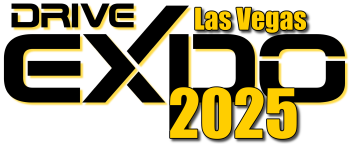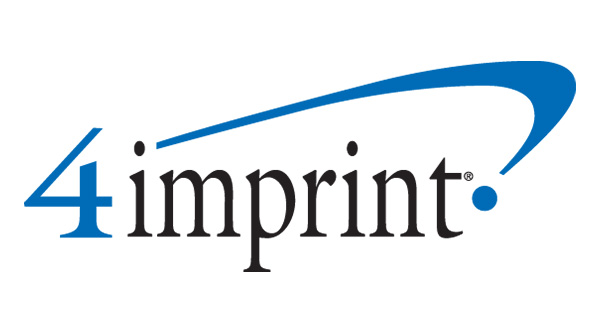Manage the Workflow with Shop Walks and Blueprinting
by Bud Center
I-CAR Director, Technical Products and Curriculum

As a production manager, you need to have complete “shop awareness” much like a professional basketball player possesses “court awareness,” knowing where the ball and other players are and how much time is left on the clock to complete the play. That doesn’t mean you have to be on the shop floor every minute monitoring workflow in order to hit Key Performance Indicator (KPI) targets. Conducting shop walks as needed, and at least a few times a day, and communicating with your team during those walks, will keep your “shop awareness” high.
Even if you have a highly developed sense of shop awareness, the blueprinting process is another valuable tool that helps ensure the repair process moves efficiently through your shop. Though blueprinting is not a continuous process – it occurs at the beginning of the repair – it is an intense examination of what is needed to make a complete, safe and quality repair. During blueprinting, the need for specialized equipment, parts, materials and sublet repairs that you’d normally be on the lookout for during shop walks get discovered upfront.
Shop walks and blueprinting are two practices that contribute to improved cycle times and CSI, lower supplement frequency and other efficiencies. I discuss both in this blog.
Shop Walk is a Good Time for Shop Talk with Your Team
No matter how keen your powers of observation, a visual scan of work in progress in your shop will only give you part of the information you need. The shop walk is all about communication – and it needs to be two-way! Your objective is quality control in your operation and eliminating any potential roadblocks that could delay the repair process. This means reviewing the repair plan and providing feedback to your technicians, but it also requires asking questions and listening to your technicians’ concerns and suggestions. The discussions you have with your technicians at each vehicle, sometimes referred to as review or release meetings, are a vital part of your shop walk. These discussions with your team during your shop walk will go a long way to ensure all members of your production team have a clear understanding of the repair plan and expectations. If rapport with your team is not as strong as you’d like it to be, these regular meetings during your daily shop walks will do a lot to strengthen it.
Let me take you through the paces of an example shop walk.
-
Your production walk starts with your production list, including all vehicles on the property for repairs. You want all the needed information for each repair at your fingertips for quick reference.
-
Next, clear your thoughts and focus on your shop walk. It’s important that you have a standard routine for your production walk and don’t allow yourself to be distracted. It is also important to use positive reinforcement techniques while speaking with your technicians. It is human nature to respond better to a positive influence and it will help ensure your team is engaged with their work, each other, and you.
-
During your walk, keep a sharp awareness of your surroundings and the jobs in process. Stay alert to how each repair is progressing compared to your repair plan.
-
At each vehicle:
-
ensure the tech has the repair plan for the vehicle being worked on and that it includes the quality control checklist and any other forms required by your facility.
-
verify that Standard Operating Procedures (SOPs) are being followed.
-
talk to each tech about how the job is going, any parts that have not been received, and any additional damage they may have identified.
-
look for opportunities to improve efficiencies; for example, maximizing each booth cycle by refinishing the mirror for that Honda along with the Ford going into the booth. This will allow that “fast lane” repair for the mirror to be refinished and ready when the vehicle arrives without requiring another booth cycle.
-
-
Check the parts cart; monitor the status of needed parts with the parts person.
-
Investigate smells, visuals or sounds that are out of place and verify that clean areas stay maintained.
-
Update your management system.
Discovering Damage during Disassembly/Blueprinting
Blueprinting is another technique that helps you better manage the workflow, and it’s becoming more commonly used in body shops. Your shop’s blueprinting process should be documented in an SOP. The object of this process is to discover all damage before repairs start, as well as to collect all needed repair information, from OEM procedures to color matching. This information should be placed into the job file for the vehicle.
Blueprinting begins with complete disassembly to expose all loss-related damage. Both space and time are required, so it is vital that disassembly and blueprinting are done efficiently. In order to keep a proper workflow through estimating, it’s a good practice to schedule vehicles for disassembly and blueprinting. Having a dedicated team for this operation also helps boost efficiency and provide consistent quality repair plans.
Parts are always an unknown variable that can delay the repair process. The blueprinting technician should work with the estimator to identify all the parts, fasteners, labels, clips, etc. that will be needed to complete all necessary repairs. The key is to identify all necessary equipment, parts, materials and sublet items necessary to complete repairs.
If you’re new to blueprinting, you may find that staff perceptions create the biggest challenge to implementing this process. You will need to lead the culture change to ensure all team members are onboard and working toward achieving a common goal. Blueprinting succeeds when everyone feels part of a team effort and no one ever feels “that’s not my job.”
While you can’t control the work your shop receives, you must control and manage shop workflow. Blueprinting and shop walks are two easy-to-use tools. Training is available to help you develop the skills demanded in your role. The knowledge and skills needed for the production manager role are defined in the “Automotive Collision Repair Industry Knowledge and Skills Protocol” created by I-CAR at the urging of the collision repair inter-industry; and our “Course Matrix” tool identifies available training from I-CAR and its Alliance Partners for various collision repair roles.

Bud Center bio:
Bud Center, Director, Technical Products and Curriculum, I-CAR (Inter-Industry Conference on Auto Collision Repair) joined the not-for-profit organization in 2016. He grew up working in his father’s shops, started his professional career as a technician before moving into MSO leadership positions. He also has had experience in the insurance segment in an estimator training and material damage management position.
Read about DRIVE client and I-CAR Gold Class shop, Wright Way Collision Repair.







 For DRIVE clients, click
For DRIVE clients, click 
